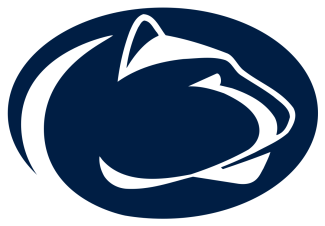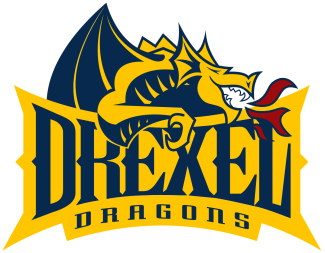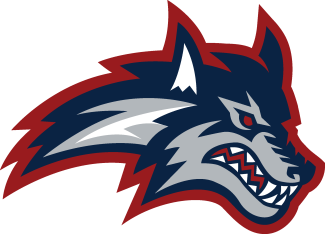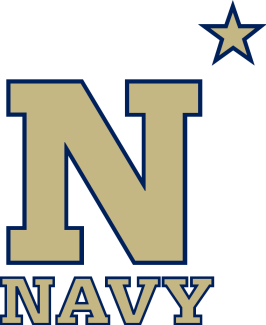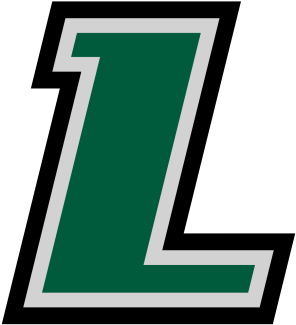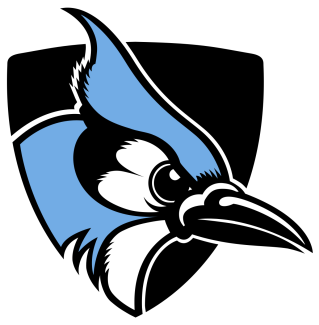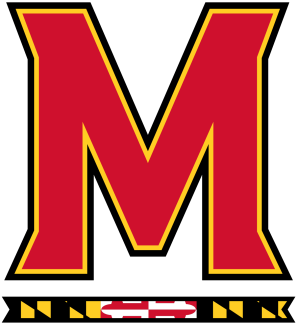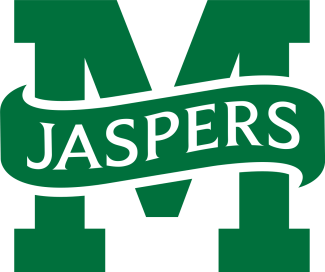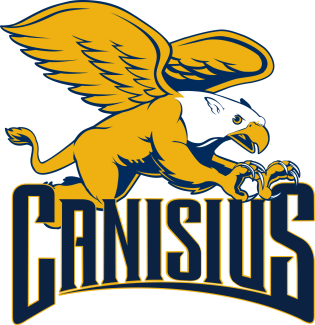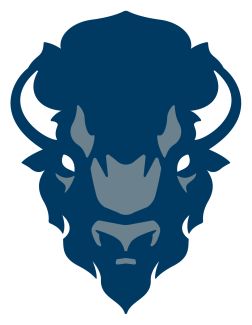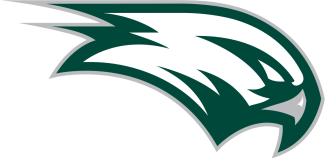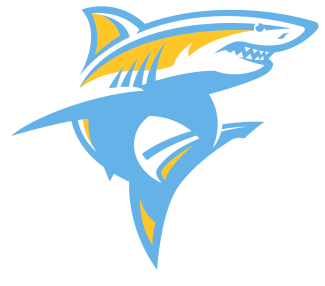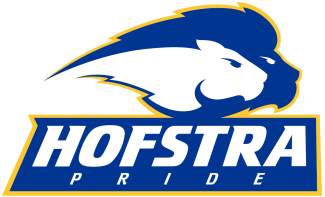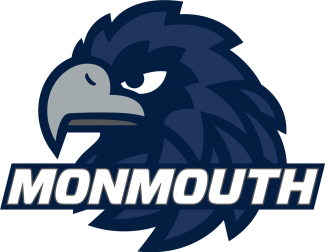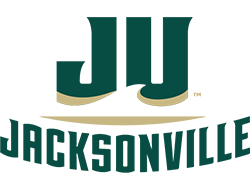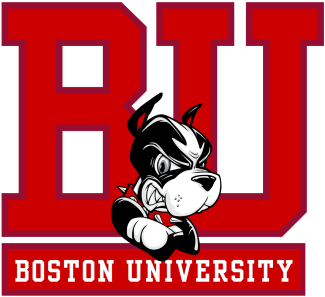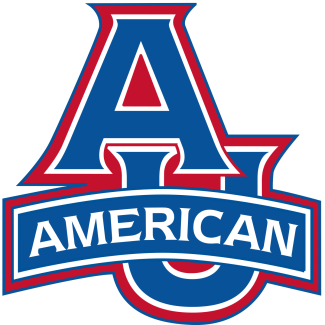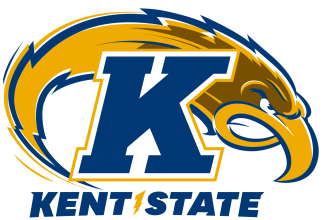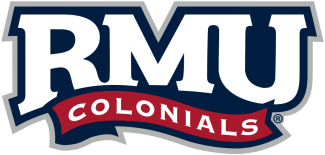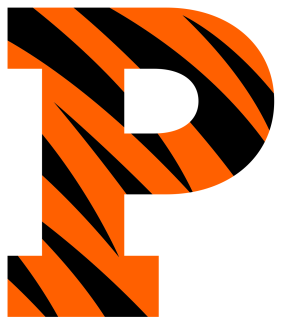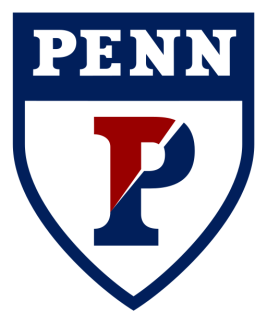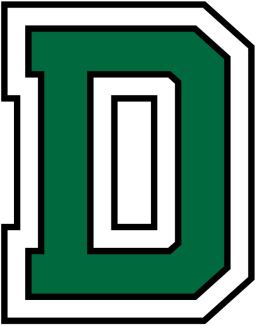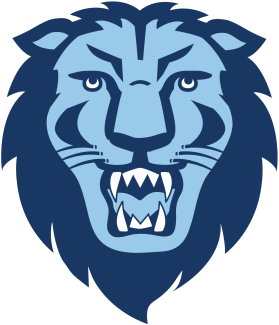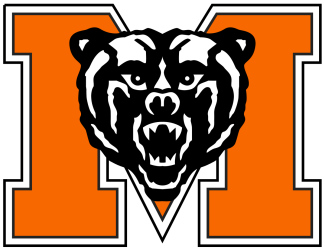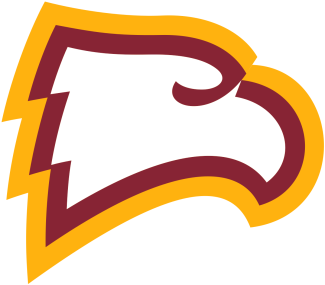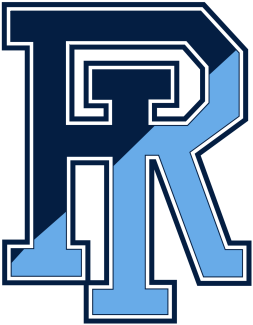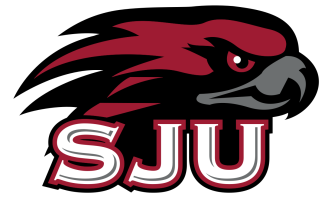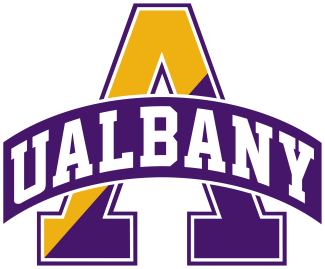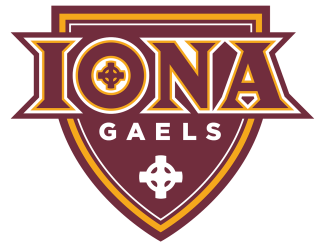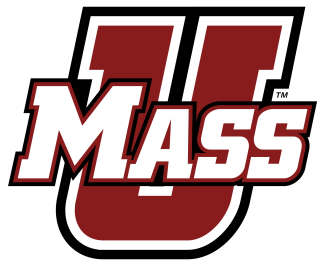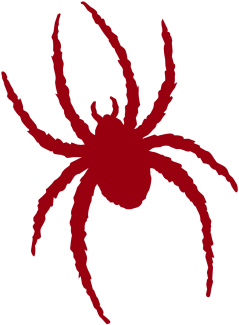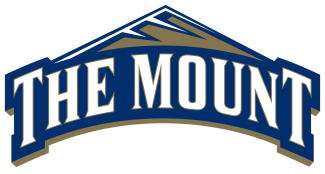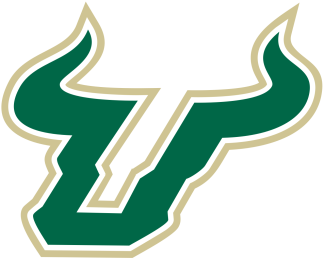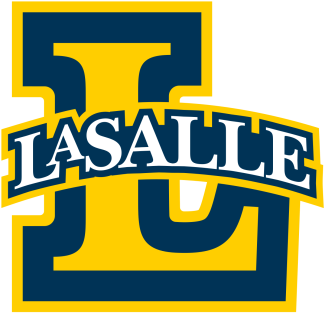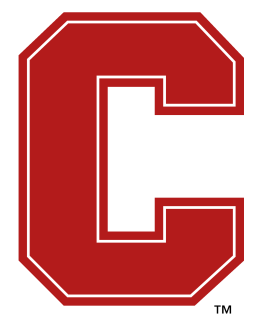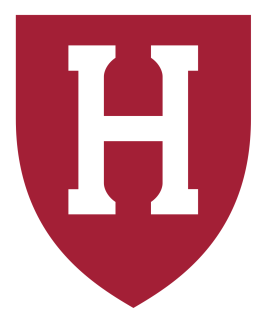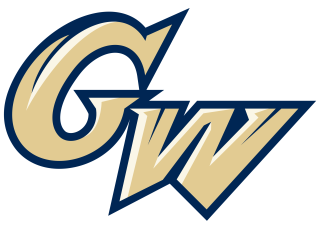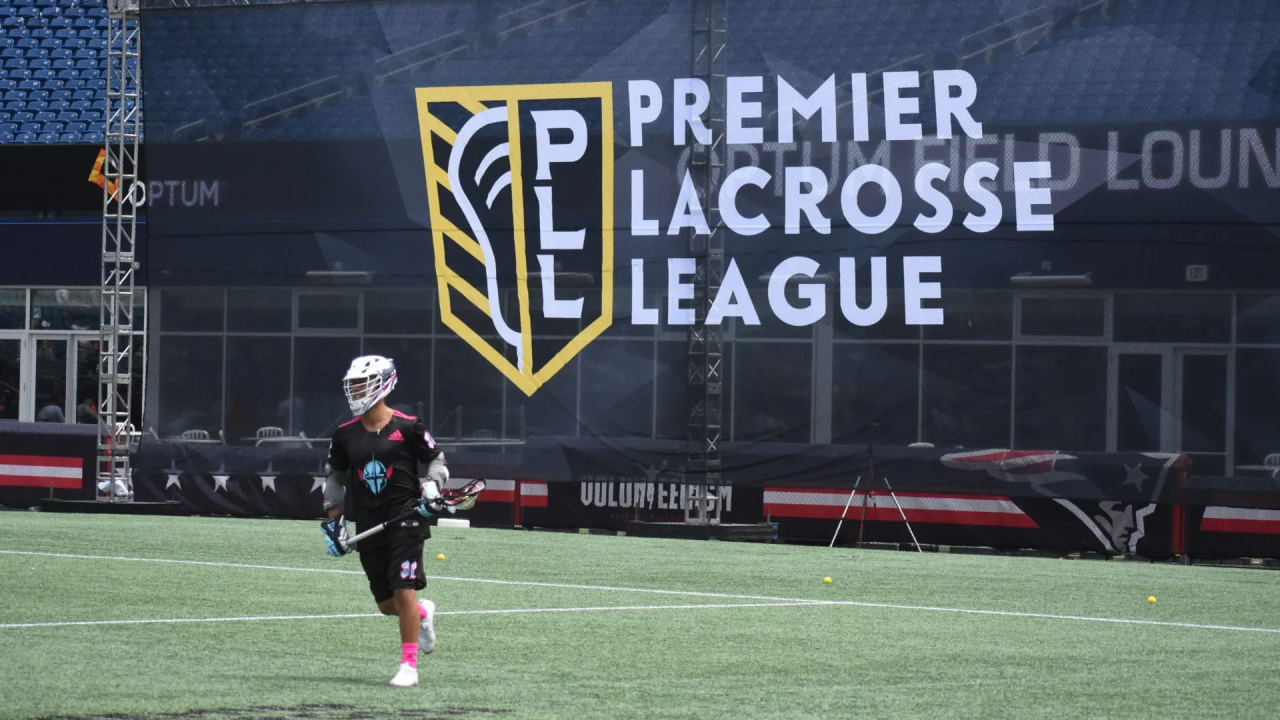Rabil said that fourth week of games at Homewood Field in Baltimore, Md., was the weekend he felt the league cemented itself in the sporting landscape.
The Saturday night game featuring a Whipsnakes roster of mostly former Maryland Terrapins going against an Atlas team with numerous players from Johns Hopkins was a sellout.
People outside of the league were starting to take notice.
“Going through all of the media and marketing and press, being on the cover of The Baltimore Sun,” Rabil said, “all that stuff was like, ‘OK, we’re here, and we got here pretty quickly.’”
The league was ready to run it back in 2020. It welcomed the Waterdogs as an expansion team and announced the 12 cities and venues the league would play in for the regular season and All-Star Game, including the league’s first visits to Texas, Oregon, North Carolina and Utah.
As it turned out, Utah would be the only place the league would play that year. The pandemic scrapped the PLL’s original plans. Rabil shared a Google document with his brother and fellow co-founder Mike Rabil, as well as COO Andrew Sinnenberg, with 12 different scenarios. They landed on playing a bubble season: an abbreviated schedule in one spot, without fans — the first pro sports league to announce a return-to-play plan. The chosen venue was Zions Bank Stadium in Herriman, Utah.
The league was applauded for its execution of PLL Island. It reported an increase in viewers for all 14 of broadcasts, and more importantly, there wasn’t a single reported positive COVID-19 test.
Glicini, a member of the Players’ Council, said that was due to the league’s leadership.
“How they handled that situation, they went about it the right way,” he said. “The pandemic was a great inflection point to show the level of expertise and leadership we had.”
Rabil said if they knew a global pandemic was coming in 2020, they never would have launched the league. As a touring league, however, they were already equipped to handle all teams and employees at one site, which allowed them to come to a solution quicker than others.
There also was an opportunity for great exposure of the league and sport. The NCAA and NLL seasons were canceled, so lacrosse fans were hungry for action. Additionally, the Olympics had been pushed back a year, so then-television partner NBC had a gaping hole in its schedule.
“To have sort of that proving ground when people were still at home and watching the PLL potentially for the first time, that actually accelerated our business,” Rabil said. “The lesson there is through the most challenging times are often where the most opportunity lies.”
The next opportunity for the league was unification. The documentary Fate of a Sport revealed the PLL purchased its rival league, the MLL, for $1 million. The PLL expanded by one, rebranding the Boston Cannons as Cannons LC, and retained all MLL intellectual property and video footage.
Now, future All-Stars and league champions such as Lyle Thompson, Graeme Hossack and Liam Byrnes were able to join the fold. And pro lacrosse history was whole again.
“Bringing it all under one umbrella and taking away any confusion, and I don’t believe there was any competition once the PLL kicked off,” Stagnitta said, “it gave the guys who felt like they needed to be loyal to the MLL that opportunity to step away and be truly appreciated.”
It also connected the league to the MLL alumni that paved the way for the PLL. Rabil said it was a goal to make sure the stats and memories of former pros lived on, and a Professional Lacrosse Hall of Fame was created.
Owning the intellectual property of the MLL, including team names, logos and color schemes, was especially important in the latest mile marker on the PLL journey. The league assigned home cities for each team in November, looking to build a larger footprint in certain markets. One of those home cities was Denver, and it was agreed that professional lacrosse in Denver belonged to the Outlaws, so the league rebranded the Chrome back into one of the most successful franchises in MLL history.
When the PLL visits one of the home cities, that designated team will play two games over the weekend. One thing Chaos head coach Andy Towers hopes to see in the future is even more games in a team’s home market.
“Have us play six games a year in our respective cities,” he said. “The season is too quick, and everybody is so bummed out when it’s over, the players, the coaches and the fans. I think if we were able to push the start of the season back to the beginning of April, and each team was playing 25 games, I think we’d be able to have guy move to specific geographic locations. We’d be able to have more team practices. That would increase the quality of the play on gameday, which would increase the quality of the fan experience. It just seems like the next logical step.”
Levine offers a unique perspective for the league. Through his children, he’s seen the level of interest young lacrosse players have. Whereas professional teams and players were often unknown to younger players, Levine said his son and his teammates can rattle off long lists of favorite players and who they play for without hesitation.
He gives the credit for that to the PLL’s focus on content and engagement through social media not just in season but throughout the year.
“If you’re a lacrosse fan, or you’re a casual sports fan, you can’t go very long without seeing compelling content about the sport of lacrosse,” he said. “That digital engagement that Jimmy Pitaro and Burke Magnus and the team at ESPN saw, when they were bidding to be the media rights partner of the PLL, that was as important a metric as there was.
“Paul and Mike were super smart by recognizing that my kids, and the kids of that generation, that’s where they’re consuming sports. That’s where they’re engaging with brands like Whipsnakes and Waterdogs and Atlas. These players, underneath their helmets, are able to connect with my son, and his teammates and friends. That’s what’s making the difference to creating a fan base that’s here to stay and as young, if not younger, than any fan base in America.”
When the MLL wasn’t meeting the needs of its players nor growing the profile of the sport, Rabil believed he could do it better. It’s a mindset he continues to display in the decision-making process regarding league issues.
One example is PLL Collectibles. The league previously issued three different sets of trading cards through Topps. When the league couldn’t come to an agreement with their partner to continue issuing new sets, they took matters into their own hands and created their own vertical for collectible memorabilia and merchandise.
It’s all part of the disruptor mindset, said Rabil.
“We don’t take no for an answer,” he said. “I’ve been told no my whole life when it comes to lacrosse, by brands that are not endemic to the space, by some endemic brands, by former commissioners of pro lacrosse, by members of media, at times by head coaches of universities that I respect, by athletic department commissioners.
“People didn’t believe in lacrosse, and that was unacceptable for me because I knew the game’s history. There was some passionate bias in there because I loved the game as a player, but there was also data to back it that millions of others also loved it the way I did, so I just think no is unacceptable, and we have to continue to carry that solution-oriented mindset when it comes to a partnership or an opportunity that we believe in.”
The league isn’t done making waves yet, either.
The league is looking toward lacrosse’s inclusion in the 2028 Los Angeles Olympics. The PLL was part of a collective effort to persuade the International Olympic Committee’s executive board to include lacrosse. The PLL has run the Championship Series, a week-long winter tournament featuring the league’s top four teams from the regular season, as a version of Sixes lacrosse that will be played in the Olympics.
Long-term, Levine said the league would like to bring partners into the league who will have some version of team ownership. He hopes to see PLL-specific venues down the road.
Rabil knows achieving these lofty aspirations are going to take double or triple the amount of work. For him, reflecting on the creation of the league reminds him of the amount of work that’s already gone into some of the biggest moments in league history.
It floods him with gratitude that helps him prepare to help take the league to the next level.
“There will be some improvements and potentially some changes in the way the league currently operates, the way the league will continue to grow into new markets and in front of as many people in as many different sized screens at any moment during the day,” he said. “I think the next four years are going to be bigger than the first five. I’m excited to be a part of it with the rest of the lacrosse community.”

